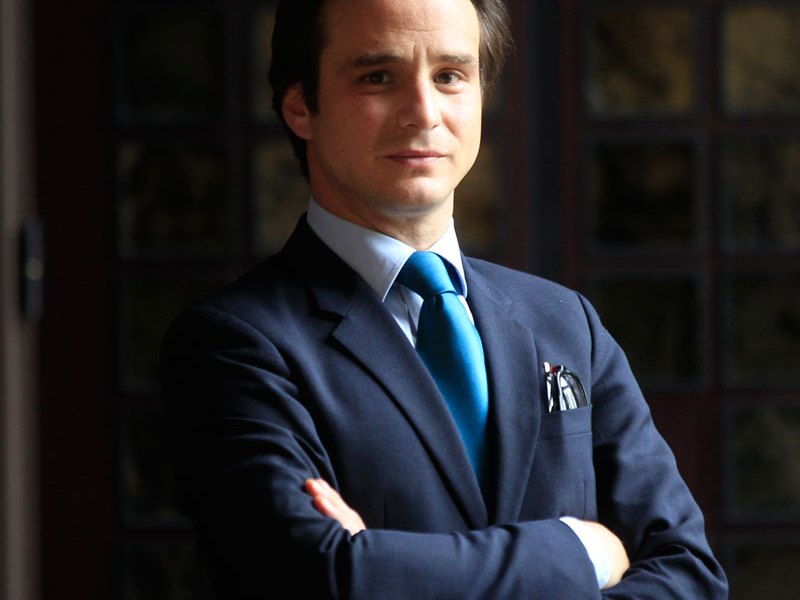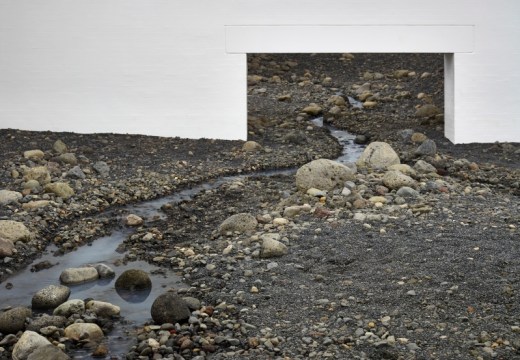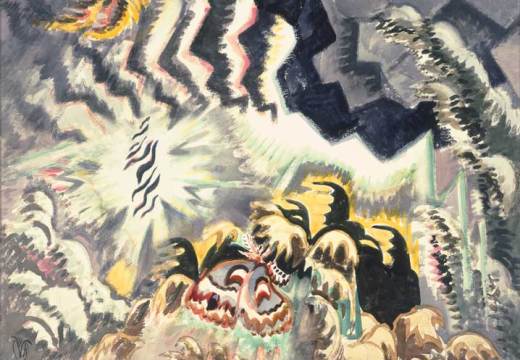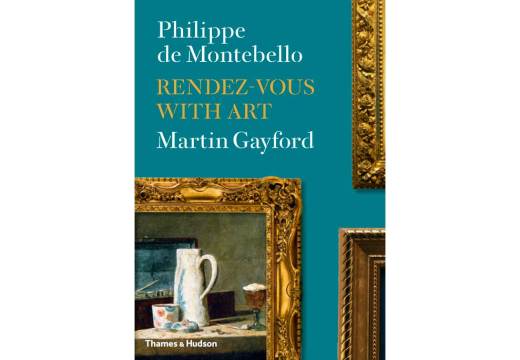A conversation with Thomas Bompard is likely to include as many references to Rimbaud, medieval psalters and the New Wave rock music revival of the early 21st century as to Pissarro, Kandinsky, Léger, Picasso, Balthus or any other of the eminent names on view in the opening exhibition at Galerie Gradiva, the ambitious new Parisian gallery of which he is the founder. He is a dealer who in his charm, enthusiasm and wit belongs to the old school of salesmanship, a connoisseur determined to appeal his clients’ sense of grandeur.
That quality is amply supplied by the gallery’s spectacular setting in a 17th-century mansion on Paris’ Quai Voltaire, hitherto home to the antique dealership Camoin Demachy. Previously director of Impressionist and Modern Art at Sotheby’s France, Bompard was seduced away from a job he ‘loved and cared for’ by the opportunity to head a gallery that would not only cater to, but create demand for the ‘very top end of the market’ in a city not overburdened by galleries working on that scale. Mixing works for sale with loans from institutions and private collections, Galerie Gradiva follows a trend, established by galleries such as Ordovas in London, towards the presentation of museum-standard exhibitions that showcase world-class painting and sculpture in a manner that the increasingly dominant auction houses cannot match.
Backed by a ‘strong and faithful group of investors’, Bompard’s business plan is premised on the thrill of acquisition. Buying art, he says, should be an ‘adventure’, and the boyish enthusiasm with which he communicates his passion for the intellectual and emotional experience of art is infectious. He gives short shrift to the accusation that an emerging generation of collectors is somehow ‘uncultured, or unwilling to engage their brains’. When he says that ‘is simply not my experience’, you believe him. Galerie Gradiva gambles upon the willingness of collectors to engage with great artworks in a manner that is not merely transactional.
‘A gallery’, he continues, ‘is an exercise in freedom’, and it is clear that this dealer is stimulated by the opportunity to indulge his eclectic tastes (he began at Sotheby’s as a dealer in books and manuscripts) in order to reexamine the history of art and ideas. His first exhibition, for instance, placed a rare edition of Copernicus at its centre, a ‘sun surrounded by planets’ and a catalyst for reflections upon the means by which the greatest artists have not only changed the way art is made but also the way we think about the world. To ‘rediscover is the secret’ and, one suspects, the joy of dealing for Bompard.
I can’t remember ever previously trying to curtail an interview for fear that I had too much quotable material (to round up: ‘an open book is like a naked woman’; ‘the good dealer is a prophet’; moving from an auction house to gallery is ‘like crossing the Berlin Wall’). Despite my protestations to the contrary, this most charming, witty and wide-ranging of conversationalists is determined to leave me with one, crowning soundbite. ‘Tell them,’ he says, ‘I want to be the Julian Casablancas of the art world!’ For an art dealer to identify with a rock star is nothing new, but the notion that one of Europe’s most powerful dealers in late 19th- and early 20th-century masters might namecheck the lead singer of The Strokes is liable to make some people, myself included, feel suddenly rather old.
Benjamin Eastham
Unlimited access from just $16 every 3 months
Subscribe to get unlimited and exclusive access to the top art stories, interviews and exhibition reviews.








